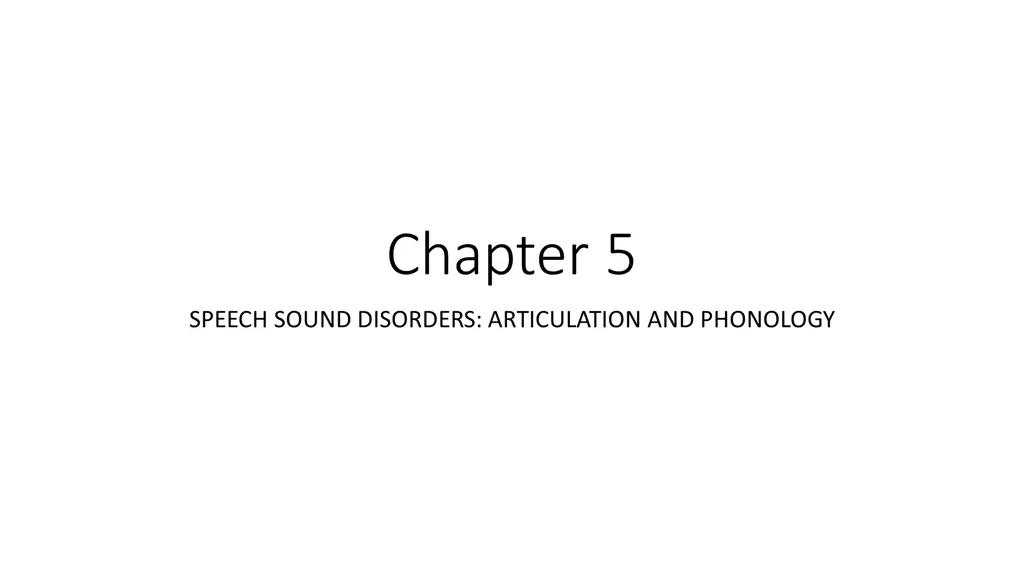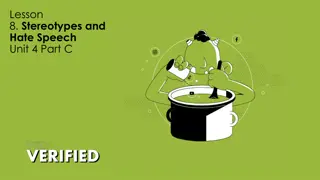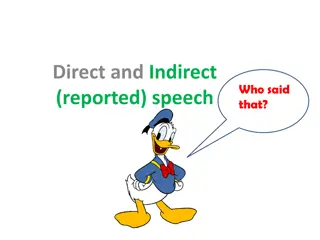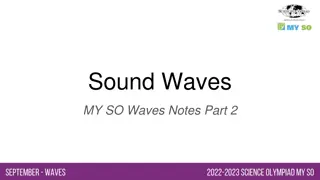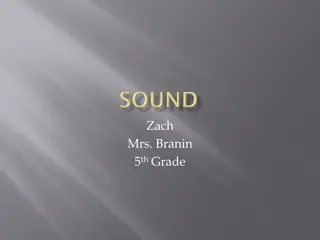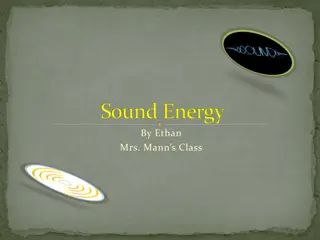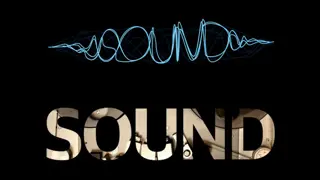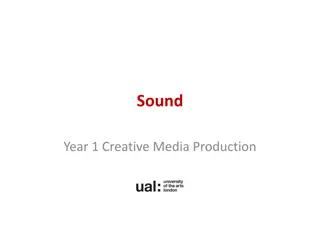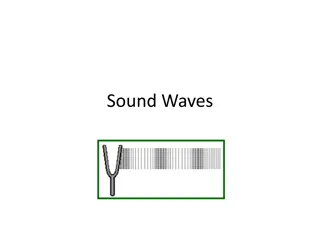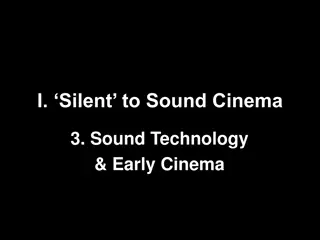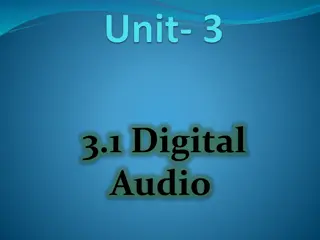Understanding Speech Sound Disorders in Children
Explore common communication disorders in children related to articulation and phonology, with insights on assessment and treatment methods. Learn about the challenges faced by individuals with speech sound disorders and the importance of early intervention.
Download Presentation

Please find below an Image/Link to download the presentation.
The content on the website is provided AS IS for your information and personal use only. It may not be sold, licensed, or shared on other websites without obtaining consent from the author. Download presentation by click this link. If you encounter any issues during the download, it is possible that the publisher has removed the file from their server.
E N D
Presentation Transcript
Chapter 5 SPEECH SOUND DISORDERS: ARTICULATION AND PHONOLOGY
Outline I. Introduction II. General American English III. Consonants IV. Etiologies of Communication Disorders V. Speech Sound Disorders VI. Assessment for Speech Sound Disorders VII. Treatment for Speech Sound Disorders
I. INTRODUCTION** Speech sound disorders (SSDs) are the most common communication disorders in children They have trouble pronouncing their sounds correctly They can be hard to understand
Here is a 6 year old with a speech sound disorder** https://www.youtube.com/watch?v=FY65V1v4_Dw Articulation Disorders Connected Speech Sample 6 y.o. Malinda Howard He should be 100% intelligible, but notice that you have some difficulty understanding him
II. GENERAL AMERICAN ENGLISH** Used by TV and radio broadcasters Letter: arbitrary written or printed symbol (t, w, h) Phoneme: shortest arbirary unit of sound in a language that can be recognized as being distinct from other sounds in a language English has 26 letters and 45 speech sounds/phonemes
For example:** In H, eitch is the letter The sound or phoneme is /h/ C is the letter The sound is /s/ or /k/ The sound F varies: enough, phone, forest
International Phonetic Alphabet (IPA)** We use phonetics to describe individual sounds in a language The IPA has transcription symbols (page 94) There are 25 consonants and 15 vowels
Vowels** For the exam, just know that there is a vowel quadrilateral that describes the position of the tongue
III.CONSONANTS** They are generally described by place, voice, and manner of production
Place continued:** Palatal consonants blade or body of the tongue is near the hard palate sh, ch, j (Jane), y, r Velar consonants back of the tongue approaches the soft palate (k, g, ng [ring] Glottal consonant vocal fold level--/h/
B. Manner (only what is on this slide is on the exam, not the info on p. 97; stop reading p. 97 where it says Manner )
IV. ETIOLOGIES OF COMMUNICATION DISORDERS** A. Introduction What causes communication disorders? For example, what causes a child to have a speech sound disorder?
B. Environmental Variables** B. Environmental Variables** 1. Prenatal Environment During the first trimester, the embryo is most susceptible to medical complications The mother may have diabetes, lack of folic acid, need to take medication .
4. Perinatal environment** Birth complications can cause anoxia oxygen is completely cut off Hypoxia oxygen is partially cut off May have great difficulty with communication, cognition, and swallowing
5. Postnatal environment** A child may be in an environment with little speech and language stimulation This can cause delays To review, in 2022, post-pandemic, the number of young children with speech and language delays more than doubled worldwide
V. SPEECH SOUND DISORDERS** Umbrella term: problems in correctly producing speech sounds Speech sound disorder Articula tion disorde r Phonolo gical disorder
B. Phonological Disorders** The child has the physical ability to produce the sound They just haven t learned all the linguistic rules for producing and combining sounds into syllables For example, a child can say /g/ but says do-/dog (final consonant deletion)
VI. ASSESSMENT FOR SPEECH SOUND DISORDERS** A. Caregiver Questionnaire and Interview Birth and developmental history Speech and language development Medical history Hearing problems School history
B. Other Areas to Assess** Test hearing! Oral mechanism examination we look extensively at the lips, tongue, hard and soft palate, and teeth In this video, Professor Haberstock demonstrates https://www.youtube.com/watch?v=wHNj2DinbGc&t=217s
C. Connected Spontaneous Speech Sample** We talk to the child and get them to converse with us We ask: How intelligible are they? What percentage do we understand? What errors do we hear?
Here is an example of a standardized test: https://www.youtube.com/watch?v=fc7Vp5KTdWQ Goldman Fristoe Test of Articulation Project Morgan Steele
E. Linguistic Diversity: Speech Sound Differences vs. Disorders** In the public schools, it is illegal to treat children for speech sound patterns or differences based on the first language A Spanish-speaking child might say I like berry much espeech. This is a predictable difference, not a disorder!!
F. Orofacial Myofunctional DisordersTongue Thrust** We must use a team approach Usually it s the SLP, dentist, and orthodontist You must be very highly trained it s a specialty
Characteristics of Tongue Thrust** During swallowing, tongue comes forward--tip in contact with lower lip At rest, tongue is carried forward tip is between or against anterior teeth while mandible is open
In the public schools. No tx! TT does not have an adverse impact on a child s access to the curriculum
VII. TREATMENT FOR SPEECH SOUND DISORDERS** Stage 6 Conversation Stage 5 Sentences Stage 4 Phrases Stage 3 Words Stage 2 Nonsense syllables Stage 1 Isolation
Articulation (phonetic) treatment:** Focuses on the mechanics of producing the speech sounds E.g., Put the middle of your tongue on the roof of your mouth and say K.
Something we commonly use:** Minimal pair therapy
Therapy for children with speech sound disorders** Is fun and rewarding!
Outline I. Introduction II. General American English III. Consonants IV. Etiologies of Communication Disorders V. Speech Sound Disorders VI. Assessment for Speech Sound Disorders VII. Treatment for Speech Sound Disorders
